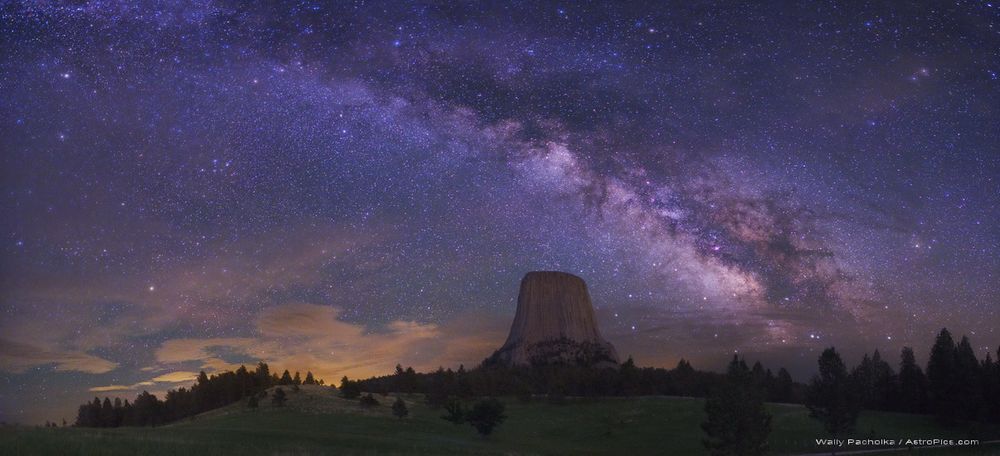Nasa Astronomy Hourly Pictures
@nasadailypicbot.bsky.social
180 followers
1 following
2.8K posts
Test bot posting hourly pictures from the Nasa Astronomy Picture of the Day API
Posts
Media
Videos
Starter Packs


























